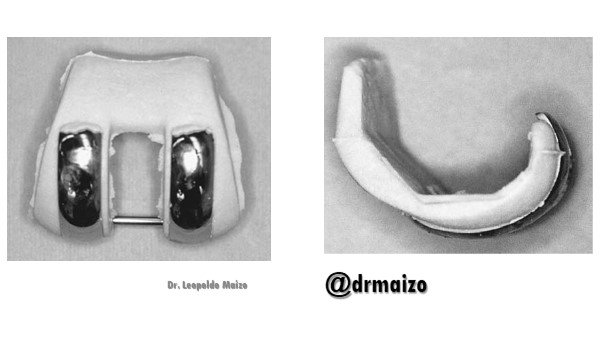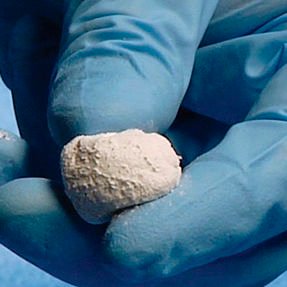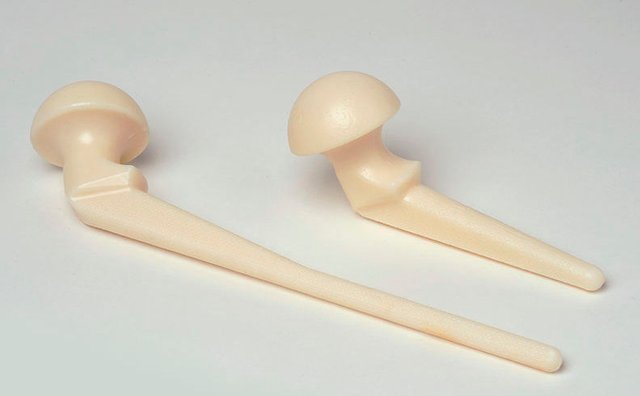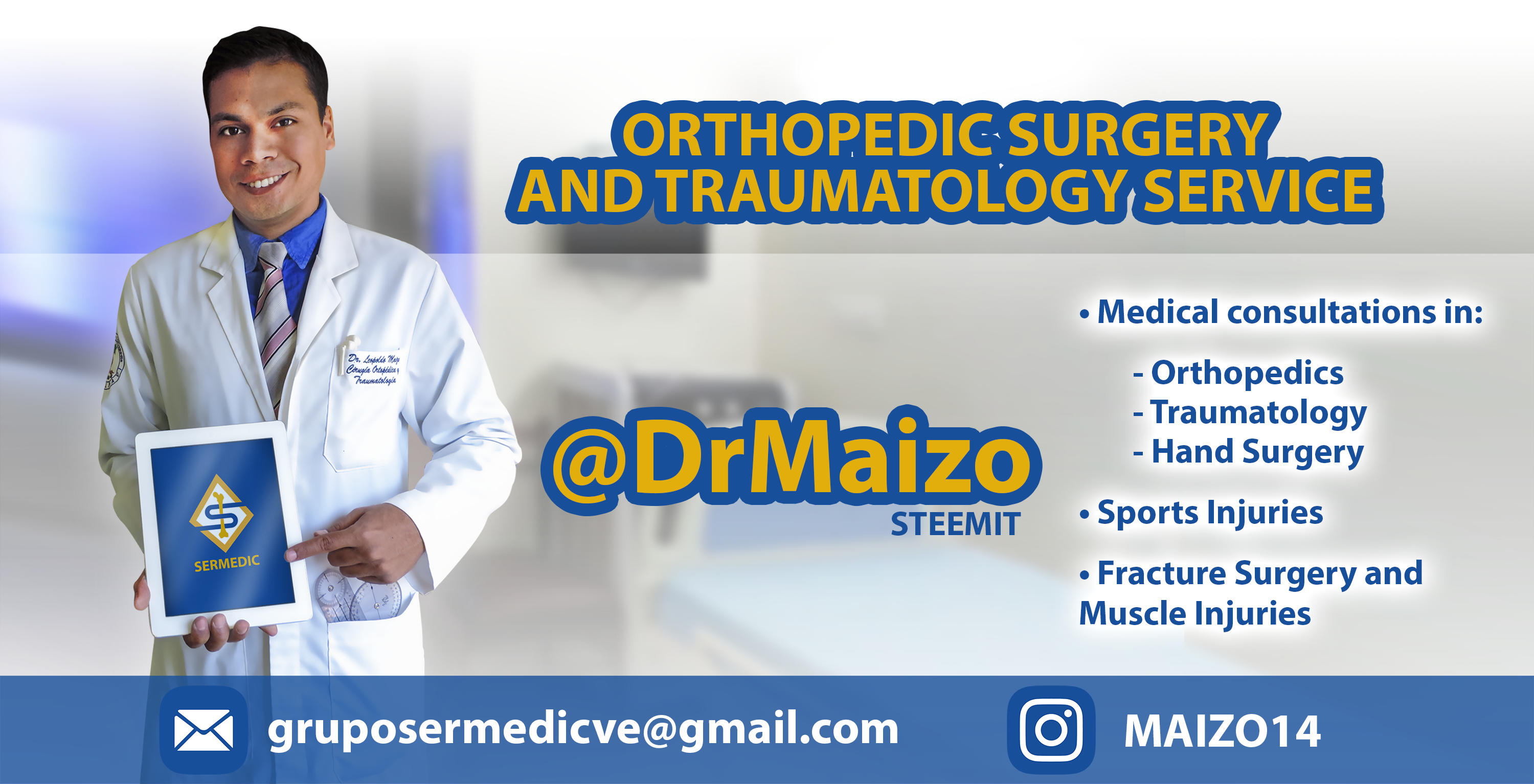Use of cement with antibiotics in arthroplasty

Use of cement with antibiotics
Deep wound infection after hip or knee joint replacement is one of the most devastating complications faced by both physician and patient. Bone cement mixed with antibiotic is well accepted for the treatment of an established infection. However, its role in infection prophylaxis remains controversial due to issues related to increased bacterial resistance, efficacy and cost. The individual risk-benefit should be assessed when indicating the use of cement mixed with antibiotics in the prophylaxis of hip or knee prostheses.



Properties of bone cement
During the polymerization reaction of the bone cement, the temperature increases, resulting in air bubbles. Some of these bubbles escape from the cement and others cause porosity in the cement. The final porosity of bone cement depends not only on the composition and method of handling, but also on the viscosity of the cement. A higher porosity of the cement causes a decrease in mechanical properties but increases the ability to release antibiotic molecules. The composition of the different cements differs and so does the potential for antibiotic release; there is a cement that seems to release higher concentrations of gentamicin than other cements due to its high viscosity. The initial release after exposure of antibiotic-impregnated cement to a fluid is a surface phenomenon, while the sustained release in the following days is a mass diffusion phenomenon. The release of antibiotics from cement can be effective for a long time, although other authors argue that the process is effective for a few hours. However, the hydrophobicity of the cement limits the release of antibiotics to less than 10%, and most of the antibiotic is released in the first few hours after surgery. Three days after use there is no antimicrobial effect for the bacteria most commonly involved in prosthetic infection. The release can be improved by the use of liquid antibiotics, but this choice reduces the compressive strength of the cement.


When to place bone cement?
Based on the available data, it seems reasonable to suggest that the use of bone cement mixed with antibiotics should be considered a method of prophylaxis for certain high-risk patients undergoing hip or knee arthroplasty; when the surgical time is greater than 150 minutes, with a history of joint infection, rheumatoid arthritis, diabetes mellitus, previous organ transplantation, previous use of joint steroids, haemophilia and in which recent blood allotransfusion has been performed or is anticipated to be unavoidable.
The individual risk-benefit must be assessed when indicating the use of cement loaded with antibiotics in the prophylaxis of hip or knee prostheses. It is advisable to carry out prospective and randomised studies.
Dr. Leopoldo Maizo - Orthopedic Surgeon


Firma diseñada por @themonkeyzuelans, contáctalos vía Discord "themonkeyzuelans#9087"
Great projects from the Steemit community:
- My Fundition campaign: https://fundition.io/#!/@drmaizo/6f88ggj8h



.png)
Congratulations @drmaizo! You have completed the following achievement on the Steem blockchain and have been rewarded with new badge(s) :
You can view your badges on your Steem Board and compare to others on the Steem Ranking
If you no longer want to receive notifications, reply to this comment with the word
STOPTo support your work, I also upvoted your post!
Do not miss the last post from @steemitboard:
Vote for @Steemitboard as a witness to get one more award and increased upvotes!